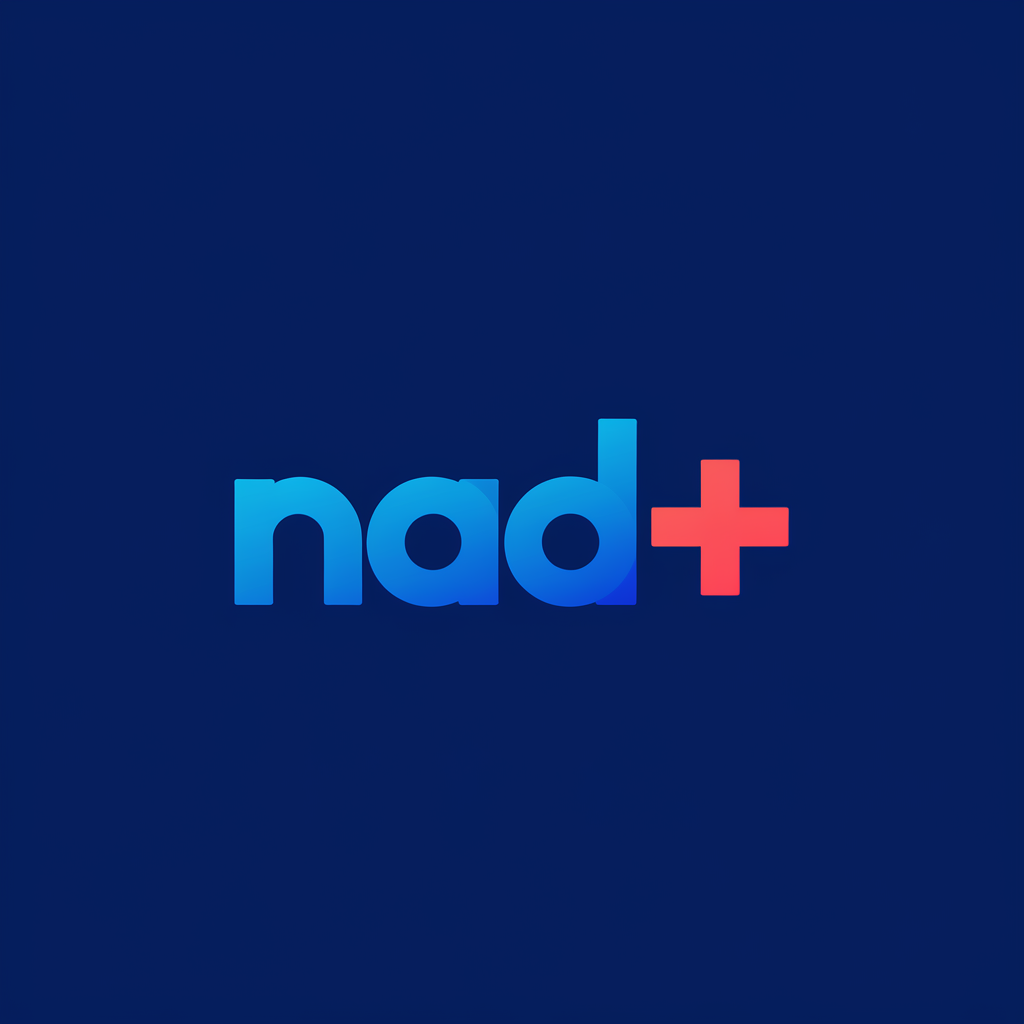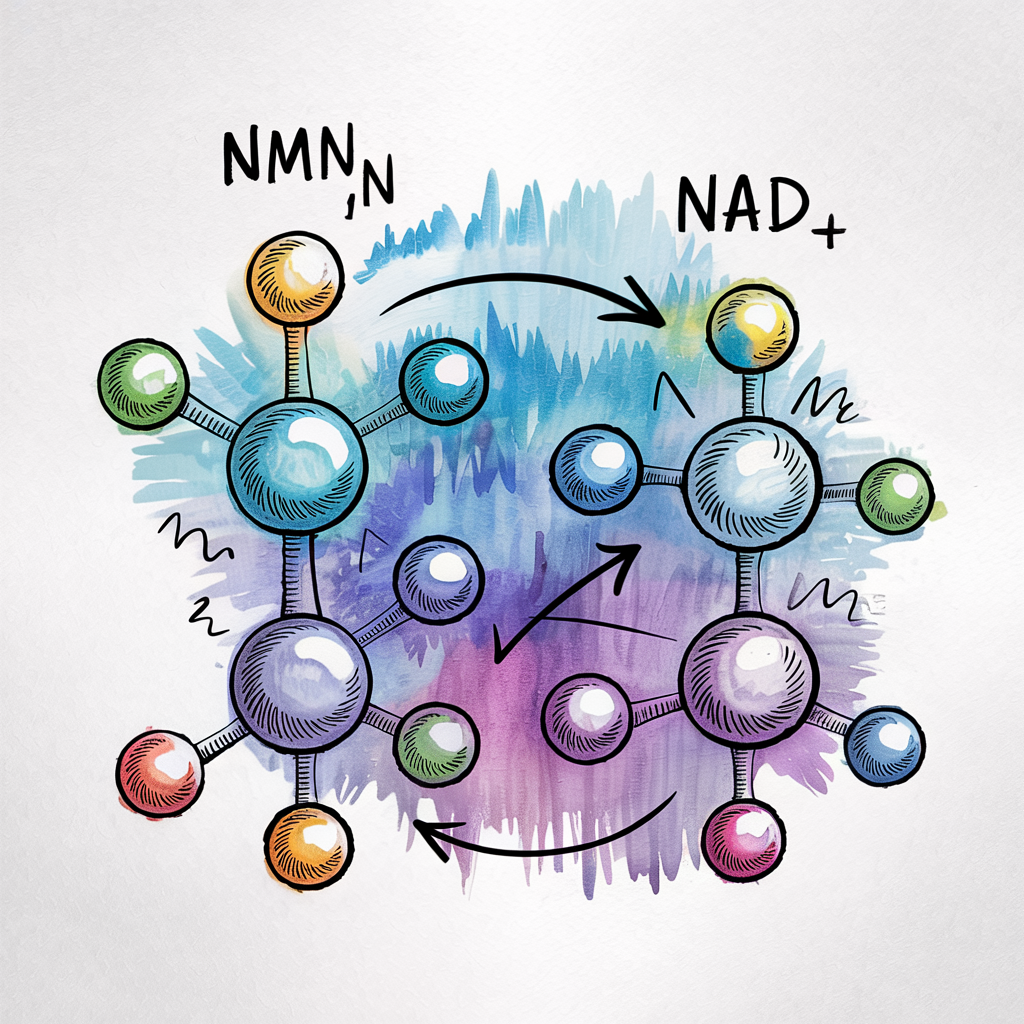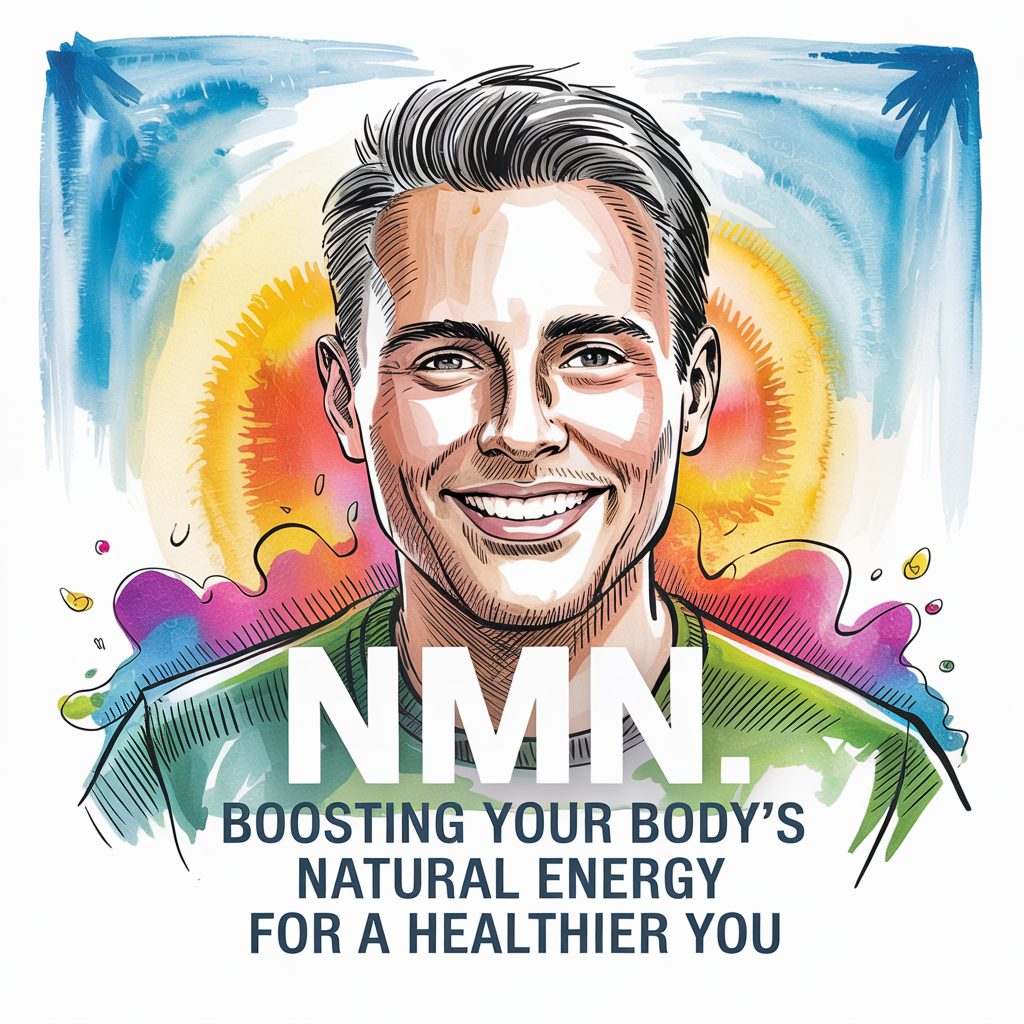Here’s how NMN converts to NAD+ in the body
Understanding how nicotinamide mononucleotide (NMN) converts to nicotinamide adenine dinucleotide (NAD+) involves looking at the biochemical pathways within the body. Here’s a breakdown:
- NMN as a Precursor:
- NMN is a molecule that serves as a precursor to NAD+. This means it’s a substance that the body can use to create NAD+.
- The Conversion Process:
- The key step in this conversion is facilitated by enzymes called NMN adenylyltransferases (NMNATs). These enzymes catalyze the reaction that transforms NMN into NAD+.
- Essentially, the process involves the addition of an adenylyl group to NMN, which results in the formation of NAD+.
- NAD+ Importance:
- NAD+ is a crucial coenzyme found in all living cells. It plays a vital role in numerous biological processes, including:
- Energy production (cellular metabolism)
- DNA repair
- Gene expression
- Cell signaling
- NAD+ is a crucial coenzyme found in all living cells. It plays a vital role in numerous biological processes, including:
- Factors and complexities:
- It is worth noting that there is on going research into the precise mechanisms of NMN uptake into cells. Some research indicates that NMN can be converted to NR(Nicotinamide Riboside) and then back to NMN within the cell. Also that there are specific transporters that may allow NMN to enter the cell directly.
- The efficiency of NMN conversion to NAD+ can vary depending on factors such as age, individual metabolism, and the presence of necessary enzymes.
In summary, NMN acts as a building block for NAD+, and enzymes within the body facilitate its conversion. This process is essential for maintaining healthy NAD+ levels, which are critical for various cellular functions.





